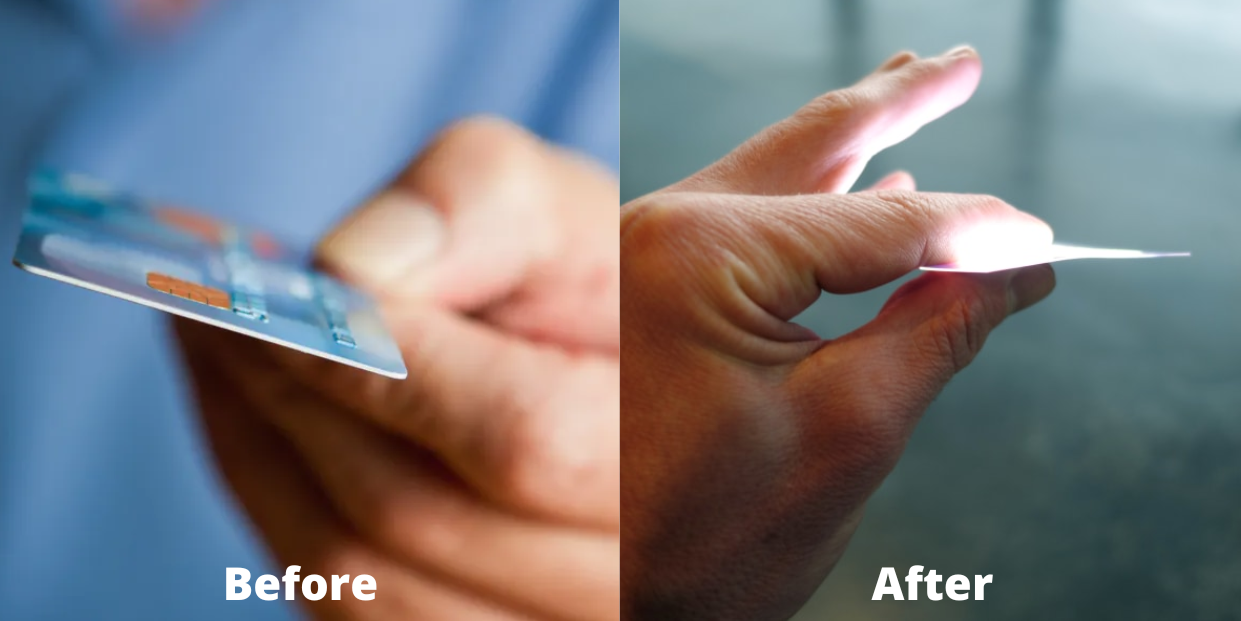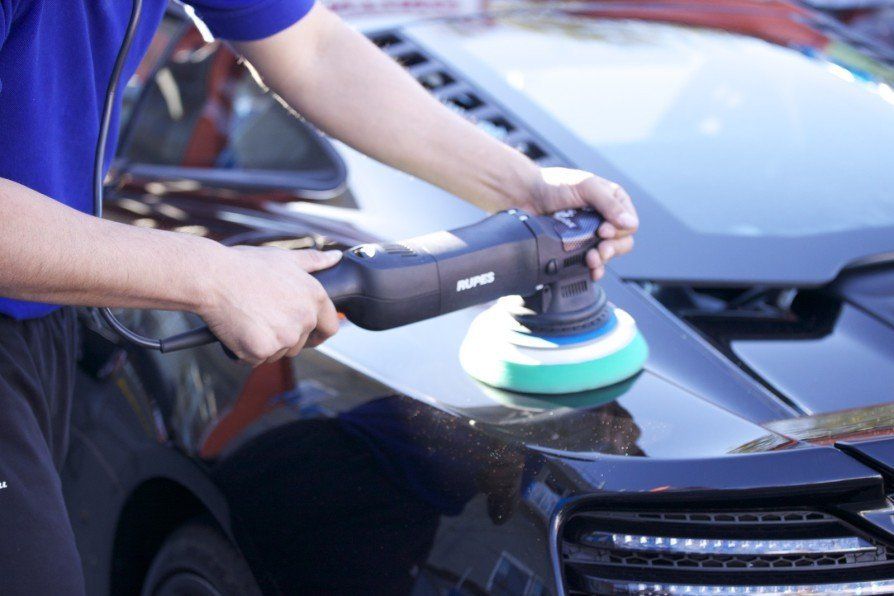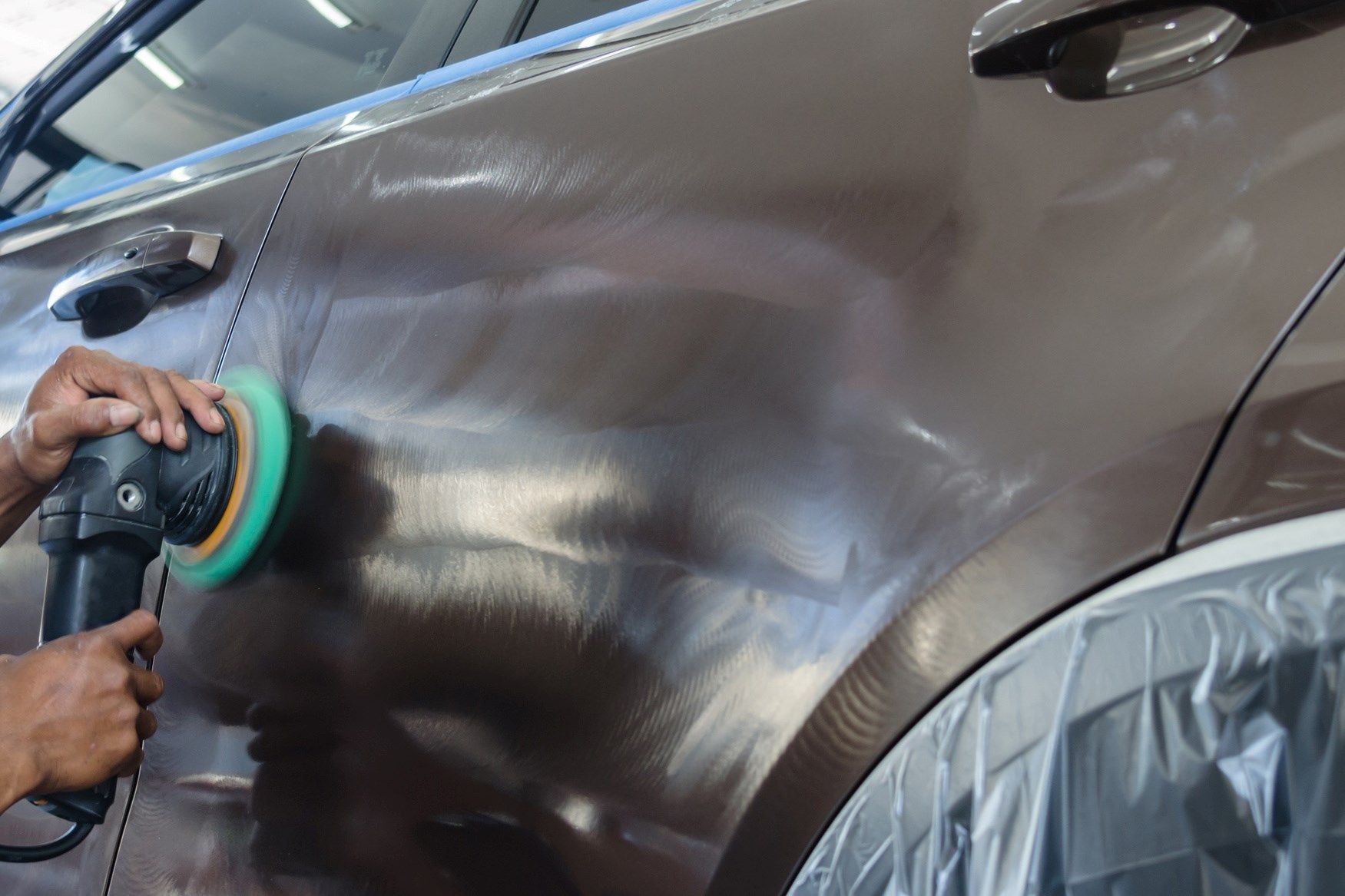Everything you've been told about paint correction is wrong
Javier Virgen Master instructor for Beverly Hills McLaren, Lamborghini and the Air Force One (presidents jet) reveals the dirty little secrets of the industry.

Restoring your car's paint, whether through a DIY approach or professional service, can be a great idea , especially if your car has seen better days.
But there's a downside to this that you should be aware of – it can lead to some serious consequences.
That's why before doing anything you might want to read this first.....
There's one thing you need to understand and that's your cars paint:
There are four layers in any car's paint: the E- coat, Primer, Basecoat, and Clearcoat.
But, for our discussion, we'll focus on the Clearcoat because it acts as the final barrier between glossy finish and a faded, scratched-up paint job.
Now, lets dive into more detail about the clearcoat
Many people assume that the Clearcoat, being vital, is thick and durable.
But In reality, since the '90s (due to EPA regulations), it's become as thin as a piece of paper. This unexpected change makes it more vulnerable to damage than ever before.

Now that you know this, let's explore the methods used for paint correction.
There are 2 key methods used to restore your paint.
First, let's talk about Polishing:
Polishing is a process that eliminates light imperfections and makes the paint surface smooth and shiny. It's primarily used to enhance gloss and clarity.
Here's how it works:
It involves employing gentle abrasive compounds with minuscule particles that delicately rub away imperfections from your car's paint surface. This process generates friction, softens the Clearcoat, and is carried out with specialized tools like rotary or dual-action polishers.

Now, let's dive into Compounding:
This process is the go-to when dealing with greater damage; it can rectify almost any scratches, swirl marks, and oxidation on your car's paint.
Here's how it works:
Compounding is a process quite similar to polishing. But, this time, you make multiple passes using highly abrasive compounds and pads to get the job done. It involves an aggressive removal of Clearcoat to address deeper imperfections, utilizing specialized tools like rotary or dual-action polishers.

Now lets recap, you know that your paint is very thin and vulnerable, you also know the methods used to restore it
Its time to uncover the dirty little secrets about the industry:
The 0.2 Micron Threshold:
"ONCE YOU REMOVE 0.2 MICRONS OF YOUR PAINT THEN ITS IMPOSSIBLE TO MAKE IT LOOK PERFECT AGAIN," Javier Virgen said to us.
In simpler terms, if you remove even a fraction of your paint, achieving that glossy finish becomes a simple dream.
Heat-Induced Damage:
Now, consider this: during the compounding stage, your car's paint heats up, an essential part of the restoration process.
But, here's where another dirty little secrets hides—many detailers fail to take the necessary precautions to prevent the paint from reaching the point of burning.
Therefore you end up with:
Financial Consequences:
The condition of your car's paint, whether it's ruined by clearcoat removal or burn damage, can have deep consequences.
This isn't just about appearance it also can have a great impact on your financial well-being, because the desire to make your car look great again, will leave with only 1 option- repainting.
The cost of repainting your car can go up to 10s of thousand of $.
This is why Javier has released to the public for the first time a Mobile Free Paint Health Report where he comes to you and lets you know what's the safest solution for you and your car.
Now Lets get straight to the point, if having a glossier paint finish will make you feel like a badass then call us , But if you're cool with a dull faded looking finish, well, that's free of charge.

